Table of Contents
Introduction to Authentic Indian Curries
Indian cuisine features hundreds of distinct sauce-based dishes, but the Western term "curry" often misrepresents this diversity. In India, specific dishes have unique names like "butter chicken" or "rogan josh," and "curry" is not a single dish but a category of preparations with regional variations. True Indian curries typically use fresh spices, tomatoes, onions, and bases like yogurt, coconut, or lentils, cooked with meat, vegetables, or legumes. This guide clarifies authentic curry types and cooking principles.
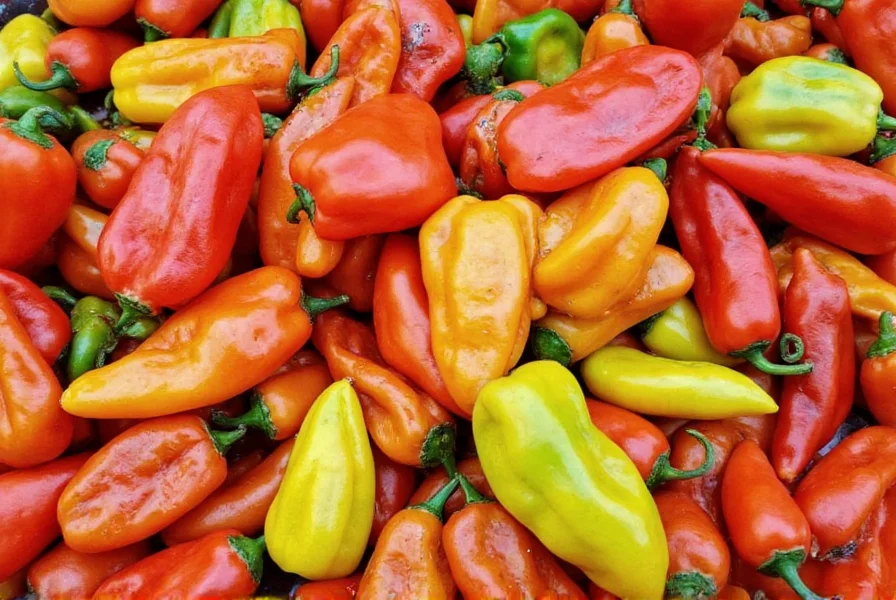
Authentic Types of Indian Curries
Here are the most popular authentic Indian curries, each with distinct regional origins, ingredients, and preparation methods.
Butter Chicken (Murgh Makhani)
Originating from Delhi, this creamy tomato-based curry features tender chicken in a rich sauce made with butter, cream, and spices like garam masala. Known for its mild, slightly sweet flavor, it pairs perfectly with naan or basmati rice.
Rogan Josh
From Kashmir, this aromatic lamb curry is characterized by its deep red color from Kashmiri chilies and spices including fennel, ginger, and asafoetida. Slow-cooked for maximum tenderness, it's a staple of Kashmiri cuisine.
Chana Masala
A North Indian chickpea curry featuring tangy tomato-based sauce with spices like cumin, coriander, and amchur (dried mango powder). This hearty vegetarian dish is often served with roti or rice.
Palak Paneer
A North Indian specialty blending spinach with paneer (Indian cottage cheese) in a creamy, spiced sauce. The spinach is pureed for smooth texture, making it both nutritious and flavorful.
Vegetable Saag
A Punjabi-style curry made with spinach and other leafy greens, cooked with spices and enriched with cream or yogurt. It's a nutritious staple often served with makki ki roti or rice.
Vindaloo
Originating from Goa, this fiery curry uses vinegar and red chilies for its signature heat and tang. Traditionally made with pork, but now commonly prepared with chicken or vegetables, it's a bold representation of Goan cuisine.
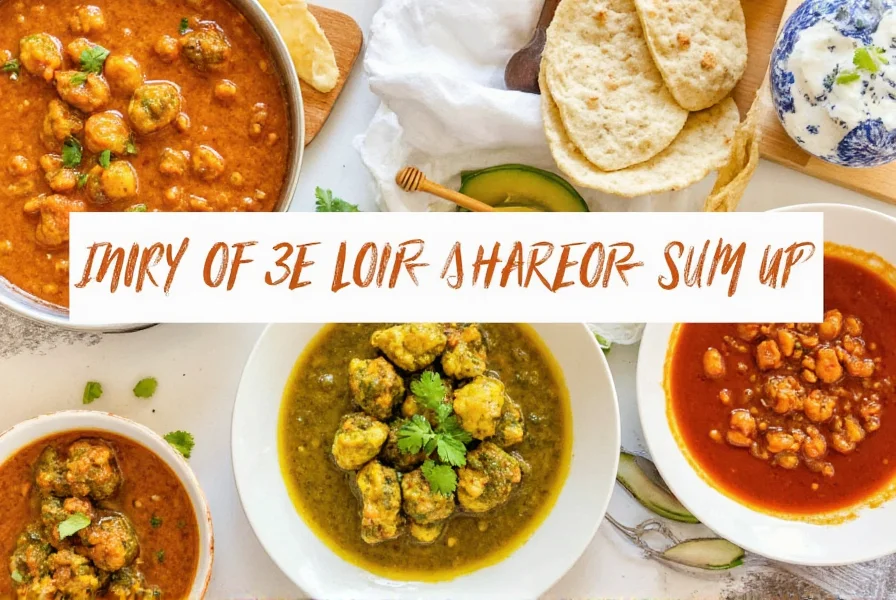
Practical Tips for Cooking Indian Curries
Mastering Indian curries requires attention to technique and ingredient quality. Follow these expert tips for authentic results.
- Use fresh whole spices: Ground spices lose potency quickly. For best flavor, toast whole spices like cumin or mustard seeds before grinding.
- Temper spices properly: Heat oil or ghee first, then add whole spices to release aromatic compounds before adding other ingredients.
- Balanced flavor profile: Indian curries balance sweet, sour, salty, and spicy elements. Use tamarind for sourness, jaggery for sweetness, and lemon juice for acidity.
- Simmer for depth: Slow cooking allows flavors to meld. Most curries benefit from 30-60 minutes of gentle simmering after adding liquids.
- Adjust consistency carefully: Thicken with tomato paste or yogurt for creamy curries; thin with water or broth for broth-based preparations.
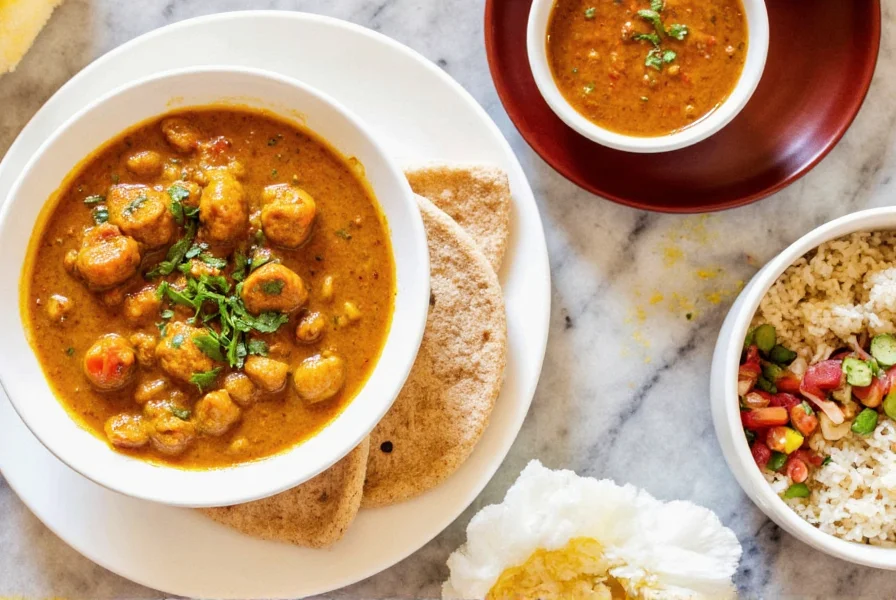
Buying Guide for Indian Spices and Ingredients
Selecting high-quality spices is essential for authentic flavor. Here's what to look for when shopping.
| Spice | Key Characteristics | Culinary Uses | Quality Indicators |
|---|---|---|---|
| Coriander Seeds | Round, pale yellow-brown seeds with citrusy aroma | Curry bases, marinades, and spice blends | Heavy seeds with strong fragrance; avoid stale or discolored batches |
| Cumin Seeds | Oval, brown seeds with earthy, warm notes | Tempering, dal preparations, and meat dishes | Uniform color; fresh seeds should have strong aroma when crushed |
| Kashmiri Red Chilies | Deep red color with moderate heat and fruity flavor | Rogan Josh, butter chicken, and color-enhancing sauces | Vibrant red hue; avoid pale or overly powdery varieties |
| Asafoetida (Hing) | Resin with pungent raw aroma that mellows when cooked | Legume dishes, pickles, and digestive aids | Strong smell when raw; should be pure resin without fillers |
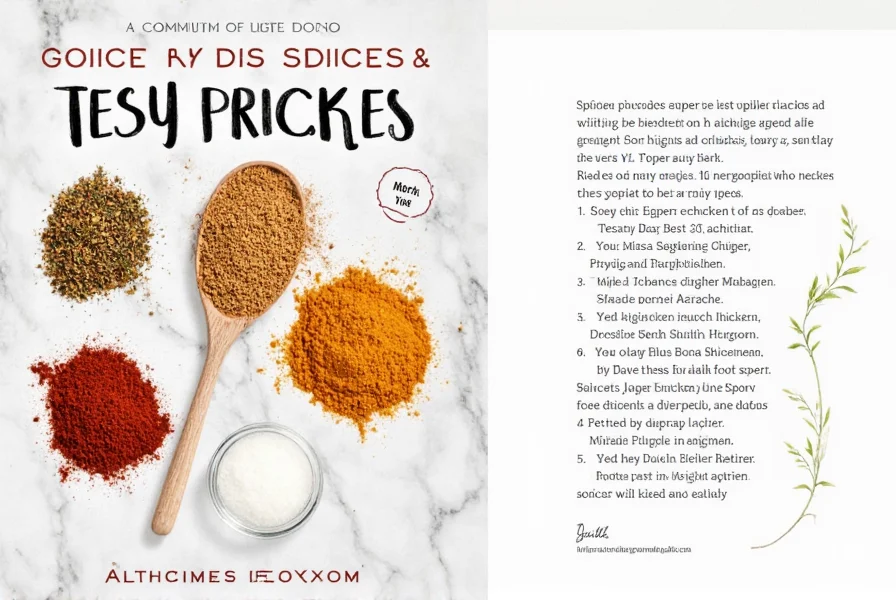
Frequently Asked Questions
What defines an authentic Indian curry?
Authentic Indian curries feature region-specific spice blends, proper tempering techniques, and balanced flavors. Unlike Western "curry powder," they use whole spices ground fresh for each dish. The sauce base varies by region (e.g., tomato-based in North India, coconut-based in South India) and always includes meat, vegetables, or legumes cooked in a flavorful sauce.
How do North Indian and South Indian curries differ?
North Indian curries typically use dairy products like yogurt, cream, and ghee for richness (e.g., butter chicken, palak paneer), while South Indian curries rely on coconut milk, tamarind, and lentils for tangy profiles (e.g., sambar, rasam). North Indian dishes often pair with wheat-based breads, while South Indian curries accompany rice or dosas.
Which curry is best for beginners to cook at home?
Chana Masala is ideal for beginners. It uses simple ingredients (chickpeas, tomatoes, basic spices), requires no special equipment, and has forgiving cooking times. The tangy tomato base balances flavors easily, and it's naturally vegetarian with minimal preparation steps.
What common mistakes should I avoid when making Indian curries?
Avoid using pre-mixed "curry powder"—authentic recipes use whole spices. Don't skip tempering spices in hot oil, as this releases essential oils. Never add dairy (yogurt/cream) to boiling liquid; temper it first to prevent curdling. Finally, resist overcooking vegetables or meats, which destroys texture and flavor.
Can I substitute ingredients in Indian curry recipes?
Yes, but substitutions affect authenticity. For example, ghee can replace butter for higher smoke point, but coconut oil shouldn't replace mustard oil in Bengali dishes. For vegetarian versions, paneer works well in butter chicken, but tofu may not absorb flavors as effectively. Always maintain the core spice profile when substituting proteins or vegetables.
How do I store Indian spices to maintain freshness?
Store spices in airtight glass containers away from light, heat, and moisture. Whole spices last 2-3 years, ground spices 6-12 months. Keep turmeric and chili powders in dark containers to preserve color. For maximum freshness, buy small quantities and grind whole spices as needed.
Conclusion
Understanding authentic Indian curries goes beyond Western misconceptions. Each dish reflects regional history, climate, and cultural traditions. By focusing on fresh ingredients, proper techniques, and regional variations, you can recreate genuine Indian flavors at home. Start with simple recipes like Chana Masala, and gradually explore more complex dishes as your skills develop.
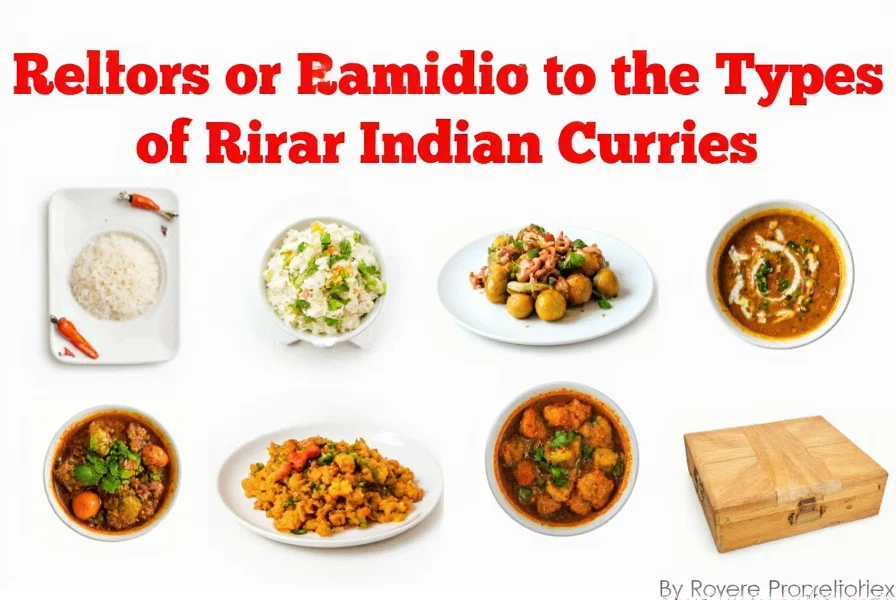










 浙公网安备
33010002000092号
浙公网安备
33010002000092号 浙B2-20120091-4
浙B2-20120091-4